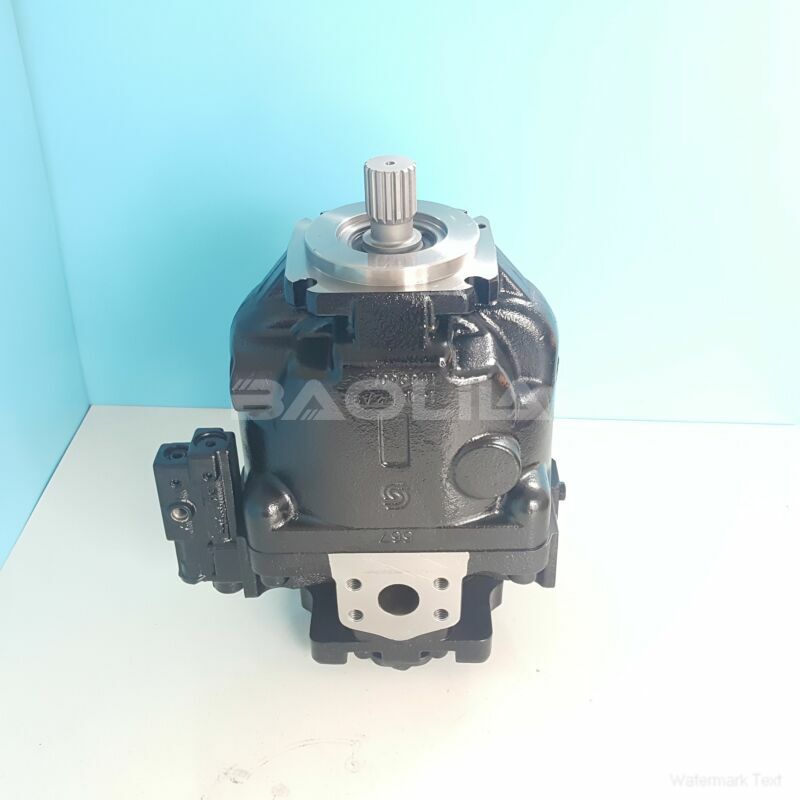ERL100BLS2220NNN3S2BPA1NNNNNNNNNN hydraulic oil pump
ERL100BLS2220NNN3S2BPA1NNNNNNNNNN hydraulic oil pump

- Product Details
- Applicable Scene
Hydraulic pumps are essential components in industrial systems, particularly where high-pressure fluid circuits are involved. These pumps convert mechanical energy into hydraulic energy, enabling various machinery and equipment to function efficiently. However, the high-pressure environment poses significant risks for pump failures, which can lead to costly downtimes and repairs. To ensure optimal performance and longevity of hydraulic pumps, it is imperative to implement preventive measures. Here are key strategies to prevent hydraulic pump failures in high-pressure fluid circuits.
ER-L-100B-LS-22-20-NN-N-3-S2BP-A1N-NNN-NNN-NNN
ERL100BLS2220NNN3S2BPA1NNNNNNNNNN
Regular Maintenance and Inspections

83037615
One of the most effective ways to prevent hydraulic pump failures is through regular maintenance and inspections. Scheduled checks of the hydraulic system can help identify potential issues before they escalate into significant problems. Maintenance should include:
Monitoring Fluid Levels: Ensure that hydraulic fluid levels are within the recommended range to prevent cavitation and excess wear.
Inspecting Filters: Clogged filters can restrict fluid flow and cause overheating. Regular replacement of filters is necessary to maintain system efficiency.
Checking for Leaks: Regularly examine hydraulic lines, fittings, and the pump itself for leaks, which can indicate wear and increase the risk of failure.
Lubricating Moving Parts: Ensure that all moving components are adequately lubricated to reduce friction and wear.
Proper Sizing and Selection of Pumps
Choosing the correct pump for a specific application is crucial in preventing failures. Oversized or undersized pumps can lead to inefficiencies and increased stress on the pump components. Consider the following factors when selecting a hydraulic pump:
Pressure Requirements: Ensure that the pump can handle the maximum pressure expected in the system without being overworked.
Flow Rate: The pump should provide the flow rate necessary for system operation without causing excessive cycling or operational delays.
Compatibility with Fluid: The materials used in the pump must be compatible with the hydraulic fluid to avoid corrosion and degradation.
Monitoring System Performance
Implementing real-time monitoring systems can help detect irregularities in pump performance that may indicate impending failure. Key performance indicators to monitor include:





